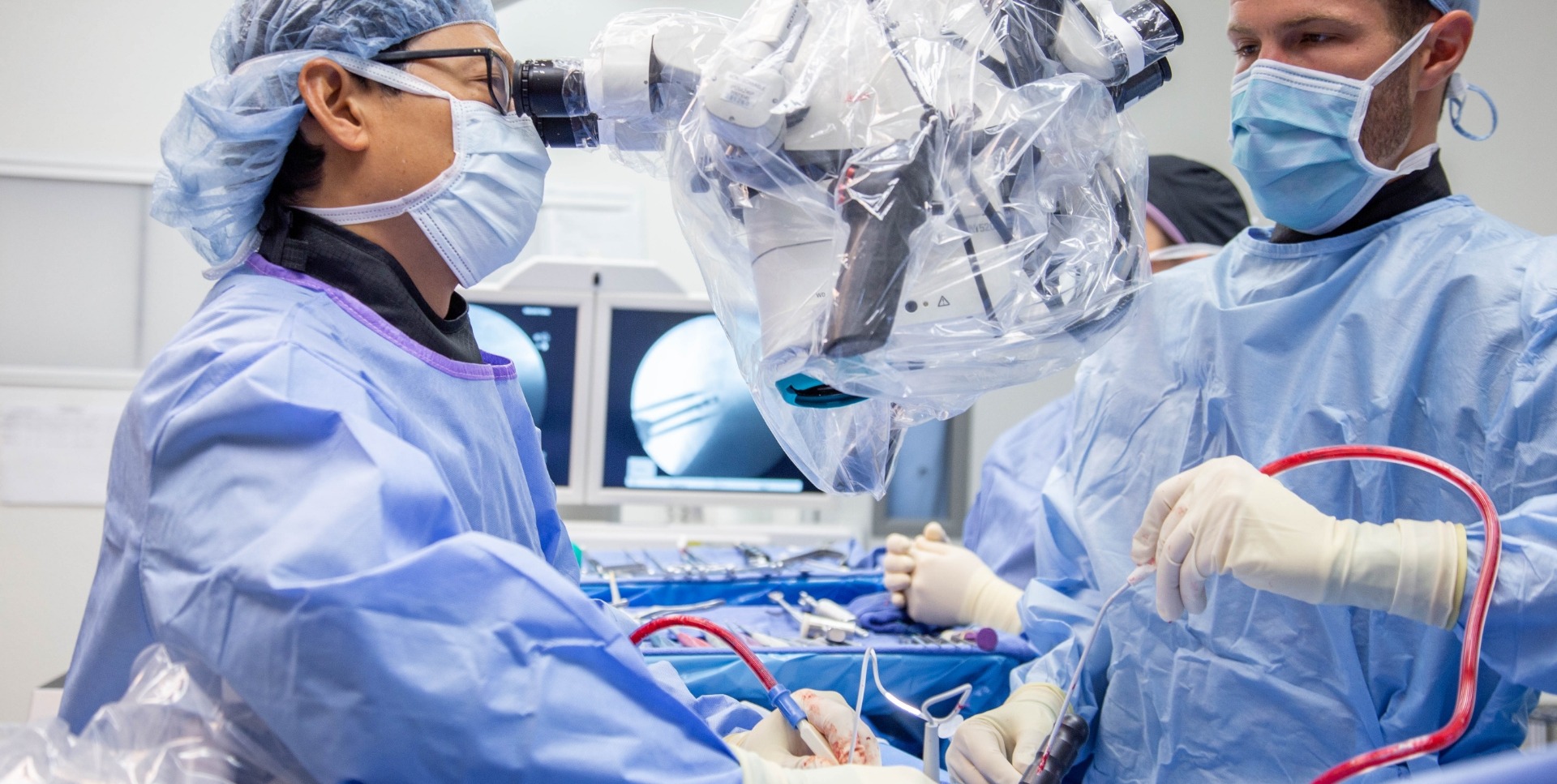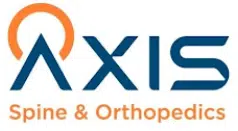A Summary of Spinal Column Problems That Commonly Outcome in Surgical Therapies
Back problems such as herniated discs, back constriction, and degenerative disc condition regularly require surgical treatments when conventional therapies fall short to alleviate persistent signs and symptoms. Comprehending the subtleties of each condition and the equivalent surgical options, such as discectomy or spinal fusion, is critical for reliable monitoring.
Herniated Discs
Although many individuals with herniated discs might find alleviation with conservative therapies, surgical procedure becomes an essential factor to consider when signs and symptoms continue or intensify - best spine surgeons in st louis mo. A herniated disc occurs when the soft inner gel of a back disc sticks out through its outer layer, potentially compressing close-by nerves and leading to pain, tingling, or weak point in the extremities
Conventional monitoring typically includes physical therapy, discomfort medications, and corticosteroid injections, which intend to reduce inflammation and improve feature. In cases where these methods fall short to ease debilitating signs, surgical choices might be discovered.
The most typical procedure for herniated discs is a discectomy, which includes the elimination of the herniated section of the disc to relieve pressure on the influenced nerve origin. In more severe situations, back combination might be essential to maintain the affected vertebrae.
People are advised to discuss the potential risks and advantages of surgical treatment with their doctor to make an informed choice. Ultimately, the objective of any surgical treatment is to bring back feature, alleviate discomfort, and boost overall high quality of life for individuals struggling with herniated discs.
Spine Constriction
Back constriction takes place when the rooms within the spinal column slim, leading to increased stress on the spinal cord and nerves. This problem can create in different regions of the spine, including the lumbar and cervical areas, frequently due to age-related changes, such as degenerative disc illness, arthritis, or thickening of tendons.
Patients with back constriction might provide with symptoms that consist of pain, tingling, prickling, or weak point, mostly in the arms or legs. These symptoms can be aggravated by tasks that involve standing or walking, typically leading individuals to look for relief with conservative therapies like physical therapy, drugs, or epidural steroid injections.
Nonetheless, when these non-surgical interventions fall short to supply ample alleviation, surgical choices might be taken into consideration. Typical surgeries for spinal constriction consist of laminectomy, which includes the elimination of part of the vertebra to relieve stress, and spinal blend, which supports the damaged area. The choice to go after surgery is commonly based on the intensity of signs, the degree of practical problems, and the overall health and wellness of the person. Prompt medical diagnosis and management are critical to avoid more neurological compromise and enhance lifestyle.
Spondylolisthesis
Spondylolisthesis occurs when one vertebra slips ahead over another, resulting in misalignment of the spinal column. This condition can arise from various aspects, consisting of genetic issues, trauma, or degenerative changes in the spine. It is most typically observed in the lumbar area, especially at the L4-L5 and L5-S1 levels.

Therapy alternatives differ based on the intensity of the slippage and the signs presented. Conservative actions, consisting of physical treatment, pain management, and task adjustment, are typically the first line of protection. Nevertheless, when non-surgical strategies fall short to alleviate symptoms or when significant nerve compression is present, surgical intervention might be called for. Surgical choices can include spinal blend or decompression procedures, targeted at recovering positioning and minimizing neurological symptoms. Early medical diagnosis and suitable monitoring are crucial for optimum end results in individuals with spondylolisthesis.
Degenerative Disc Illness

The condition can be identified via a combination of clinical analysis, imaging researches, and individual background. When these approaches fail to provide adequate alleviation, surgical interventions might be considered.
Surgical choices for DDD may consist More Help of spinal combination or fabricated disc replacement, focused on supporting the influenced segment and reducing pain find out here (best spine surgeons in st louis mo). Eventually, the option of treatment is embellished, taking into consideration the seriousness of the problem, individual health, and lifestyle elements
Spine Tumors

What elements add to the development of growths within the spine, and exactly how do they show up in clients? Spine lumps can arise from different aspects, including genetic proneness, environmental influences, and pre-existing medical conditions. They can be classified as key lumps, stemming in the spine, or additional growths, which spread out from various other areas of the body. Individuals might offer with a variety of signs and symptoms, including localized pain, neurological deficiencies, weakness, or modifications in bowel and bladder function, depending on the lump's size and place.
Medical diagnosis generally includes imaging researches such as MRI or CT scans, which help mark the growth's characteristics and effect on bordering structures. In evaluating treatment choices, the tumor's kind, grade, and location are critical considerations. Surgical intervention may be warranted to alleviate symptoms, get a biopsy, or eliminate the lump totally. The goal of surgery is usually to decompress neural elements and support the spinal column. Adjuvant therapies, consisting of radiation or radiation treatment, may likewise be essential depending on the growth's nature. Early detection and treatment are important for optimizing outcomes in patients with spine tumors.
Conclusion
In summary, spine conditions such as herniated discs, spine constriction, spondylolisthesis, degenerative disc disease, and spine lumps frequently necessitate surgical intervention as a result of their potential to create significant pain and functional problems. While conservative treatments may provide short-lived alleviation, surgical choices end up being essential when symptoms linger or aggravate. Prompt medical diagnosis and treatment play a critical role in bring back function and improving the high quality of life for afflicted individuals, highlighting informative post the value of thorough back treatment.

Comments on “The Current Technologies by the Best Spine Surgeons in St Louis MO”